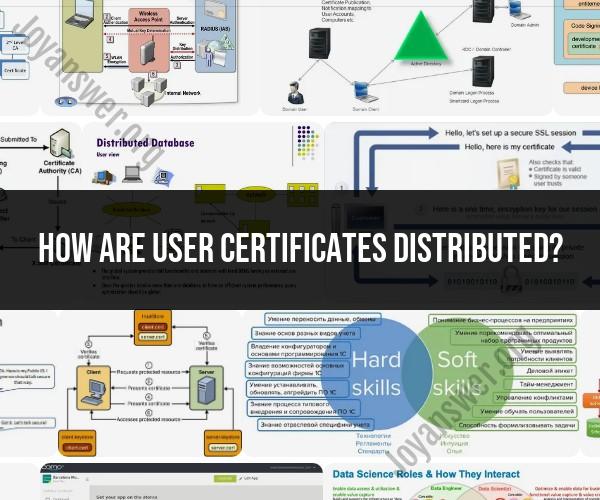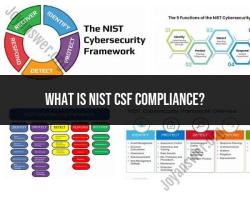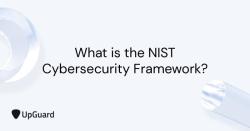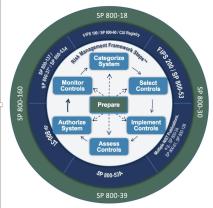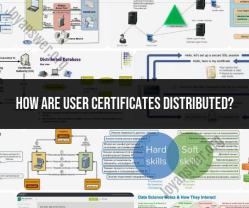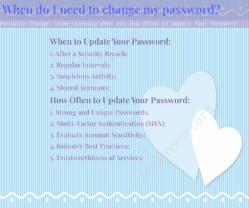How are user certificates distributed?
User certificates, often used for secure access management and authentication purposes, are typically distributed through a well-established process that involves several steps. Here's an overview of how user certificates are distributed:
Certificate Enrollment Request:
- The process begins when a user or entity requests a digital certificate. This request is typically initiated through a Certificate Enrollment Request (CER) or Certificate Signing Request (CSR). The user generates a key pair (public and private keys) and submits the CSR to a certificate authority (CA).
Certificate Authority (CA) Verification:
- The CA, which is a trusted entity responsible for issuing and managing digital certificates, receives the enrollment request. Before issuing a certificate, the CA verifies the identity of the requesting party to ensure they are eligible to receive the certificate.
Identity Verification:
- The CA may use various methods to verify the identity of the certificate applicant. This can include checking government-issued identification, confirming the user's employment with an organization, or other means of identity validation.
Public Key Distribution:
- Once the CA verifies the identity and authenticity of the request, it generates a digital certificate. The certificate includes the user's public key, information about the user, the certificate's expiration date, and the CA's digital signature.
Certificate Issuance:
- The CA issues the digital certificate and provides it to the user in a secure manner. This typically involves encrypting the certificate to protect it during transmission.
Secure Delivery:
- The CA securely delivers the digital certificate to the user. Secure delivery methods can include email encryption, secure download from a portal, or physical delivery on a secure USB token or smart card.
Installation and Configuration:
- The user installs the digital certificate on their device (computer, smartphone, etc.) and configures the software or application that will use the certificate for secure authentication and access.
Certificate Revocation and Renewal:
- The CA maintains a Certificate Revocation List (CRL) to manage the status of issued certificates. If a certificate is compromised or needs to be revoked for any reason, the CA updates the CRL to reflect the revocation. Users and systems periodically check the CRL to ensure that certificates are still valid.
- Certificates also have expiration dates, so users must renew their certificates before they expire to maintain secure access.
Usage and Authentication:
- The user's digital certificate is used for secure authentication and access control. It's presented as part of the authentication process when accessing secure systems, applications, or data.
Certificate Backup and Recovery:
- Users are often advised to back up their digital certificates and private keys in case of device loss or failure. Some organizations provide recovery mechanisms for users who lose their certificates.
Monitoring and Management:
- Certificate authorities and organizations regularly monitor and manage the lifecycle of certificates, including renewals, revocations, and updates to ensure the security of the certificate infrastructure.
It's crucial to follow best practices for certificate distribution and management to maintain the security and integrity of the authentication process. This includes protecting private keys, monitoring for suspicious activity, and promptly revoking certificates in case of compromise. Additionally, organizations may use certificate management systems to automate and streamline the certificate issuance and renewal processes.
